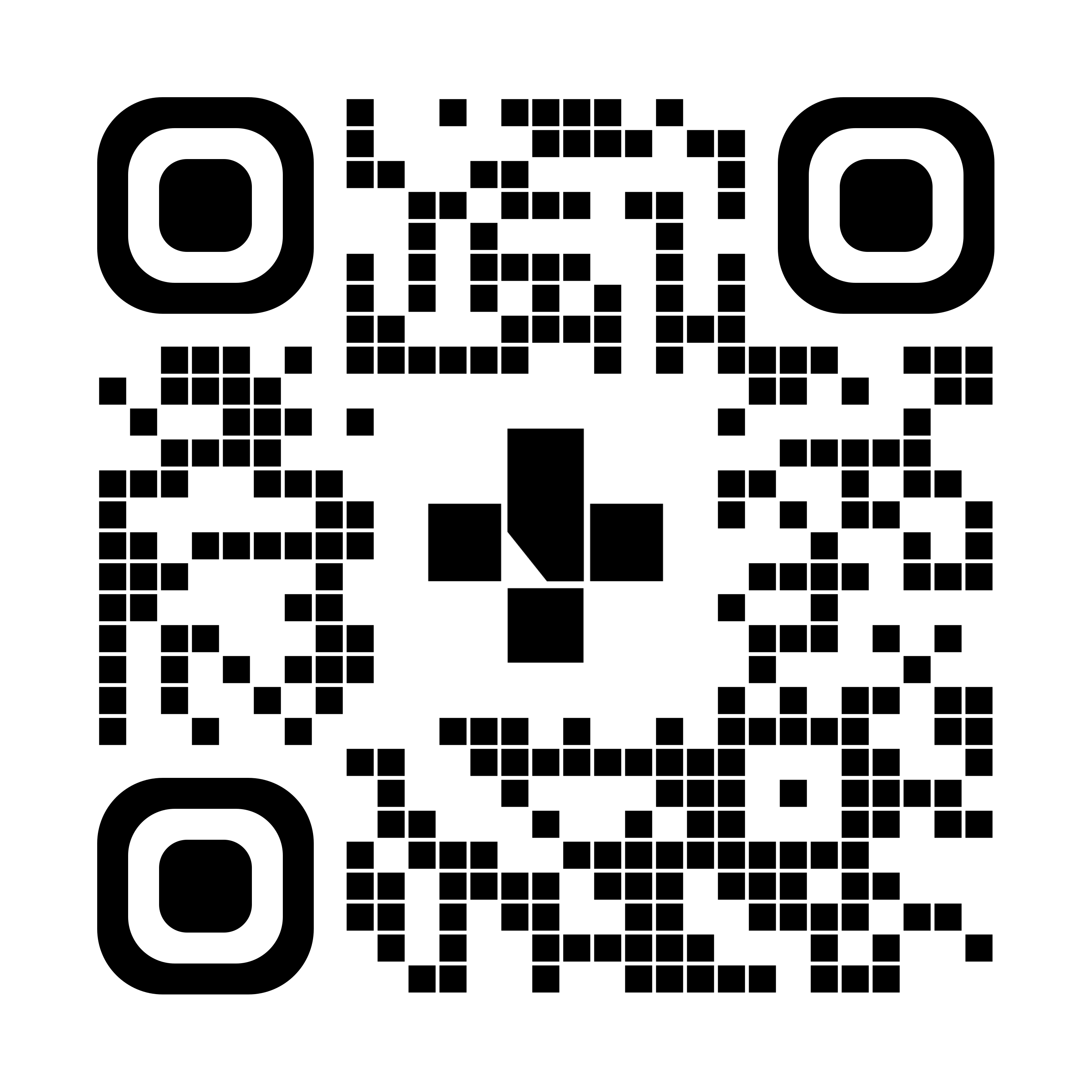Post-Embolization Syndrome
Care instructions
Post-embolization syndrome is a common side effect after an embolization procedure. Embolization is when the doctor stops the blood supply to a certain area of the body, such as a tumour, blood vessel, or fibroid.
Post-embolization syndrome is common after the following procedures:
Symptoms
Symptoms usually start in the first 3 days after embolization and last for 1 to 3 days. Symptoms may last up to 10 days, depending on the type of embolization you had.
Symptoms may include:
- pain and cramping
- low fever
- nausea and vomiting
- feeling unwell
Talk to your doctor or call Health Link at 811 to get advice for managing symptoms.
Your doctor may recommend medicine to help with pain, nausea, or to lower fever. Make sure to rest and drink plenty of fluids (unless your doctor tells you not to).
Causes
The exact cause of post-embolization syndrome is not known. It is the body’s response to the embolization procedure, and it may be caused by:
- tissues having less oxygen
- inflammation in the tissues
When to get medical help
Call 911 anytime you think you may need emergency care. For example, call if:
- You pass out (lost consciousness).
- You have chest pain, are short of breath, or cough up blood.
Call your doctor, Health Link at 811, or get medical care right away if:
- Your symptoms are getting worse, even after taking medicine.
- You have a high fever or chills.
- You feel dizzy.
- Your heart rate is higher than usual.
- Your symptoms last longer than 2 weeks.
To see this information online and learn more, visit MyHealth.Alberta.ca/health/aftercareinformation/pages/conditions.aspx?hwid=custom.ab_post_embolization_syndrome_inst.

Current as of: July 30, 2024
Author: Diagnostic Imaging, Alberta Health Services
This material is not a substitute for the advice of a qualified health professional. This material is intended for general information only and is provided on an "as is", "where is" basis. Although reasonable efforts were made to confirm the accuracy of the information, Alberta Health Services does not make any representation or warranty, express, implied or statutory, as to the accuracy, reliability, completeness, applicability or fitness for a particular purpose of such information. Alberta Health Services expressly disclaims all liability for the use of these materials, and for any claims, actions, demands or suits arising from such use.
